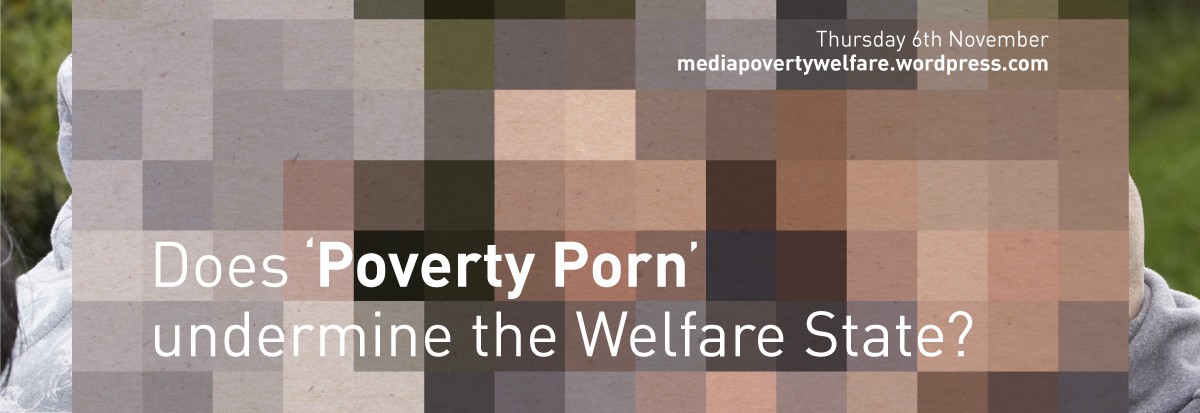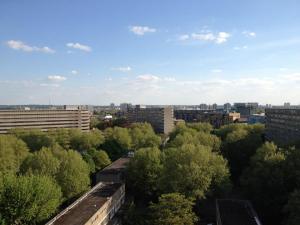Last week was the start of Radical Housing Network Week of Action (14-23rd February 2015) in London. The week of political action hoped to bring attention to the multiple housing issues facing diverse Londoners; namely the widespread demolition of council housing and eviction of long standing council tenants; the benefits cap; rising rents; (un)affordable housing; and the general gentrification of London occurring. These are issues that are acute in London, but also being felt in other parts of the country. 31st January saw the March for Homes (“we demand better housing for Londoners”), where thousands marched on City Hall, chanting “Council homes on council rents, stop building for the one percent” and “Cap Rents not Benefits”. Following this, the week of action has begun with a series of localised Valentine’s day public events on the theme ‘Love Council Housing’, and was followed on Sunday by a community debate ‘Is this the Beginning of the End of the Housing Crisis?’ held near the Aylesbury Estate in Elephant and Castle, where part of the boarded up estate-set for demolition- has been occupied in protest by activists.
Like many large council estates in London, the Aylesbury Estate now faces a potentially bleak future. It is a large development in Southwark, South London, built in the 1960s, of over 2000 houses and apartments, housing thousands of people. Neighbouring the now demolished Heygate Estate, the Aylesbury watches on, awaiting the same fate. The council has earmarked the Aylesbury site for ‘regeneration’, which means demolition and rebuild. But the residents, resistant to the demolition, fear that the rebuild is not for them. If the Heygate is anything to go by, it will not be. The battle to save the Heygate drew on for over a decade. Some residents and activists lament, that, in the end, the only victory was to save some of the trees on the 22 acre site, using tree preservation orders.
The Heygate site, still in the early stages of construction, is due to hold 2535 new homes, but only 79 social rented units, despite in early blueprints, council tenants and leaseholders being promised rehousing on the estate. Instead only 45 people have been rehoused in the area, with most having been what looks to be permanently ‘decanted’ to far flung boroughs and even out of London. A 22 acre building site now stretches from Burgess Park to Elephant and Castle, where meagre attempts to detract from the wasteland, sees a small corner of the former estate donated to ‘artists’ setting up workshops and ‘pop up’ shops in shipping containers, what an article in Vice Magazine referred to as ‘a shiny bauble to distract from what the long-term project is actually doing’.
On my route from Peckham where I live, to work at London South Bank University, at Elephant and Castle, I cycle through the Aylesbury Estate, and past the site of the Heygate, and what I see is a thriving multicultural community, getting on with things, in amongst the noise and rubble. I pass convenience shops, pubs, swing parks with children playing, people chatting on street corners, people coming out of the medical centre, dogwalkers, children walking and cycling home from school. I think, what is to become of this community?
It looks to me like this is a fully functioning estate. Far from the image of the Channel 4 television ‘ident’ that was shot there a couple of years ago. The iconic ident, supposedly depicting British council estates, in which the camera ‘tracks down rubbish-strewn balconies [while] other balconies and floating concrete structures shift to in to place forming the shape of the Channel 4 logo.’ [i], shows the estate in a less than flattering light. However, in the making of the ident, the washing lines, shopping trolley, rubbish bags and satellite dishes were, ‘all artificial embellishments added in by film-makers’. [ii]
Unsurprisingly the Ident was not welcomed by residents, and was met with a campaign for the broadcaster to remove it. As part of the campaign, an alternative ident was made with the help of a development organisation working for the estate. The alternative ident shows the estate, still in need of some TLC, but clean and tidy and full of people, young and old, going about their lives on the estate. This image is not an exaggerated reaction to the Channel 4 ident, but a more accurate portrayal of what if looks and feels like to move through the estate today, if one were cycling to work. Despite the campaign, Channel 4 refused to stop using the ident, and we still see it across our television screens today.
In Manchester a few months ago, I went to the public debate ‘Does Poverty Porn undermine the Welfare State?’ held by Dr Kim Allen at Manchester Metropolitan University, and Dan Silver of SARF. As recorded on this website, academics, activists and community members, discussed the burgeoning of so called reality TV programmes about people on benefits, dubbed ‘poverty porn’, owing to the exploitation of people in poverty for others’ entertainment. The event asked questions about the relationship between welfare policy and media representations of poverty. The Aylesbury estate ident is a classic example of this poverty porn. The viewer ‘gets off’ on the ‘gritty’, ‘urban’ ‘ghetto chic’ of the Channel 4 ident of the Aylesbury estate, which paints a bleak but ‘cool’ picture of British urban decay, made iconic. This is also a classic example of how ‘poverty porn’ undermines the welfare state. Such a moniker, which becomes ingrained in the psyche of the television-watching nation, only reinforces the almost unchallenged ‘doxa’ that (high rise) council estates ‘don’t work’ and were a ‘mistake’ that need to be rectified. The ident obscures the reality of life on the estate, of functioning communities, ‘getting by’; and instead, justifies their destruction.
On Sunday, I attended the community debate ‘Is this the Beginning of the End of the Housing Crisis?’ held near the Aylesbury Estate. With over 100 people in attendance and representation from housing and tenants groups all across London- including Generation Rent, Hackney Digs, Love Activists, Lambeth Housing Activists, Aylesbury Tenants Association; Lewisham Homeless Persons Union- the event hopes to initiate a more joined up resistance to the ‘social cleansing’ of London. A woman from the Aylesbury Estate, who has lived there for 28 years, stood up and spoke. She said: ‘there is a media portrayal of the Aylesbury Estate, but my Aylesbury estate is totally different.’ She said she was happy that the occupation had raised awareness of the issue, and said that the people of the estate are going to fight until the very end, because they are ‘breaching our human rights’. As the Aylesbury Tenants First website declares, ‘we live here and we love our homes’.
I wonder what will an ident of communities of Elephant and Castle look like in 2030, when the highrise have been built (highrise ‘works’ for the rich), and the properties have been bought and sold for a profit by overseas developers, and discarded like used toys, leaving desolate apartments occupied only occasionally by second-homers. Boarded up shops and restaurants feature, because the rich didn’t come. They had moved on to a new playground by then. Ironically, it might actually look more like the Channel 4 ident. Or are we seeing the ‘beginning of the end’ of the housing crisis? Will the ‘rumble of discontent within the Nation’ reach a crescendo? Is housing the last straw?
Notes:
[i] Thornley, Andy (23 January 2014). “South London Residents’ Campaign Against Channel 4 Ident”. Londonist. Retrieved 7 March 2014.
[ii] Campkin, Ben (2013). Remaking London: Decline and Regeneration in Urban Culture. London: I.B. Tauris. p. 102. ISBN 9781780763088.
This blog was originally posted on the Weeks Centre website
About the author: Sumi is based at the Weeks Centre for Social and Policy Research at London South Bank University where she is a senior research fellow. Primarily she is a sociologist of youth and education and her research explores intersecting inequalities of social class, race and gender in this context. Her work is interdisciplinary, drawing on sociology; urban studies, youth studies and geography. Sumi is interested in social mixing in communities, and her doctoral research was on friendship formation amongst young people in London schools. She is co-author of Urban Youth and Schooling (2010, OU Press), and she has published on issues of class, race and gentrification in relation to education and schooling in London. She has lived in Peckham in South London for ten years.








